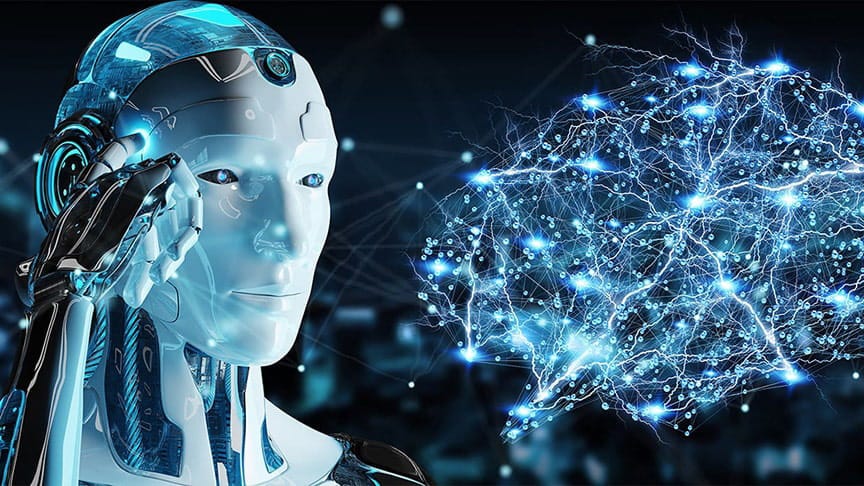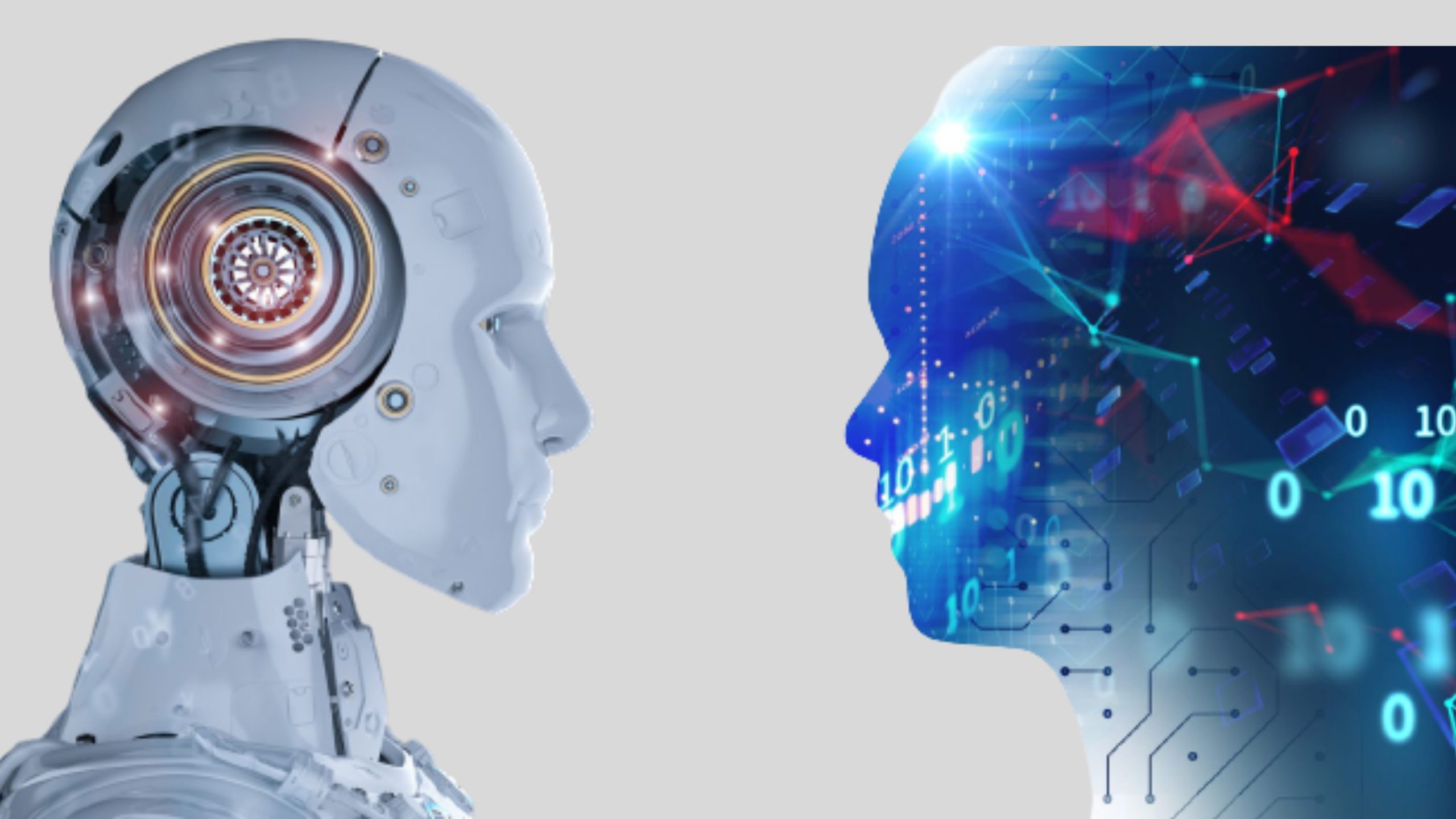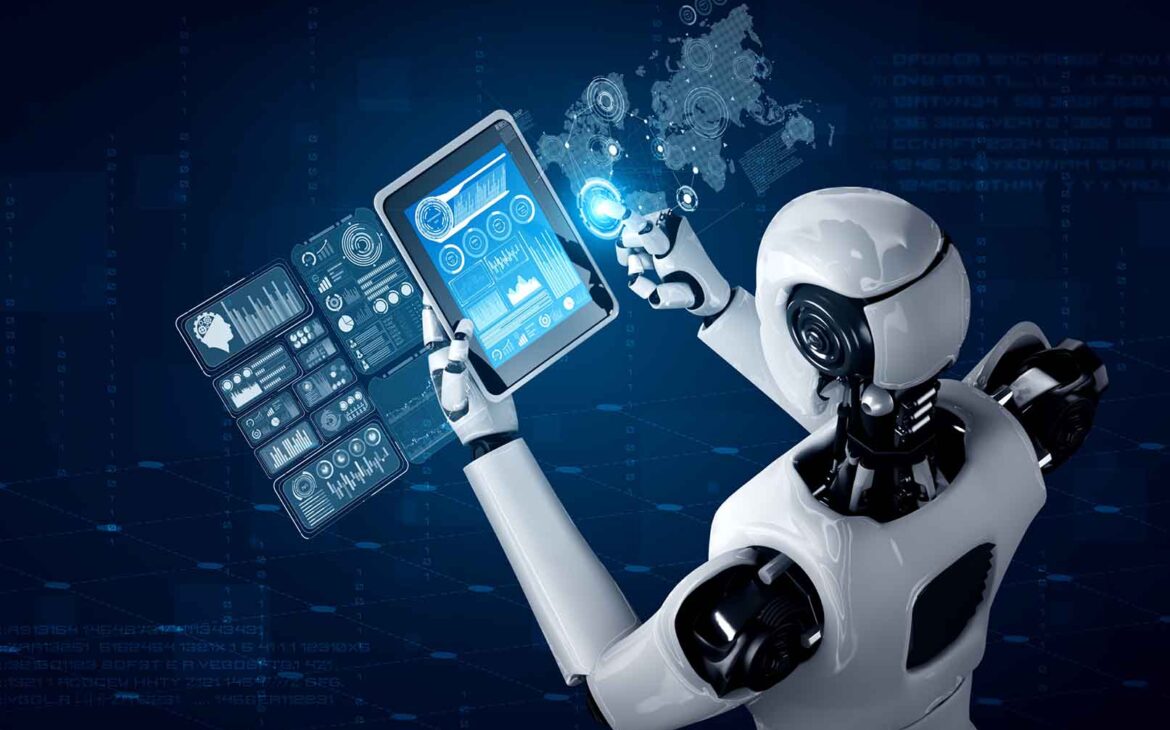Artificial Intelligence (AI) is playing an increasingly significant role in space exploration, satellite management, and planetary research. However, several myths about AI in space create confusion about its actual capabilities and limitations.
What is AI in Space?
AI in space refers to the use of intelligent algorithms and machine learning models to support tasks such as spacecraft navigation, anomaly detection, autonomous decision-making, and data analysis in space missions.
How AI Works in Space
AI systems in space process large volumes of data from satellites, rovers, and telescopes. They help in analyzing images, optimizing flight paths, detecting system faults, and enabling autonomous spacecraft operations where real-time communication with Earth is not possible.
Common Myths About AI in Space
AI is Fully Autonomous in Space:
Many believe AI completely controls spacecraft and missions without human input. In reality, most AI applications in space still require human supervision and decision-making.
AI in Space is Like Science Fiction:
AI in movies is often portrayed as super-intelligent robots. Real-world AI in space is much more task-specific and focused on solving particular problems, not general intelligence.
AI Makes Space Missions Risk-Free:
AI enhances safety but does not eliminate all risks. Space missions remain highly complex, and AI is just one of the many tools used to reduce potential errors.
AI Can Replace Astronauts:
While AI assists astronauts, it cannot replace human intuition, adaptability, and problem-solving in unexpected situations. AI acts as a support system rather than a replacement.
Benefits of Using AI in Space
AI improves efficiency, speeds up data analysis, supports autonomous navigation, and helps manage mission-critical systems with minimal human intervention. It enables faster decision-making, especially in deep space missions with communication delays.
Limitations to Keep in Mind
AI models in space need to operate in harsh environments with limited processing power. They must be carefully trained and tested to handle unique space conditions and cannot replace human expertise entirely.
Conclusion
Understanding the realities of AI in space helps dispel common myths and highlights its true role as a powerful but supportive technology. Combining AI capabilities with human oversight continues to push the boundaries of space exploration.Tools







Leave feedback about this